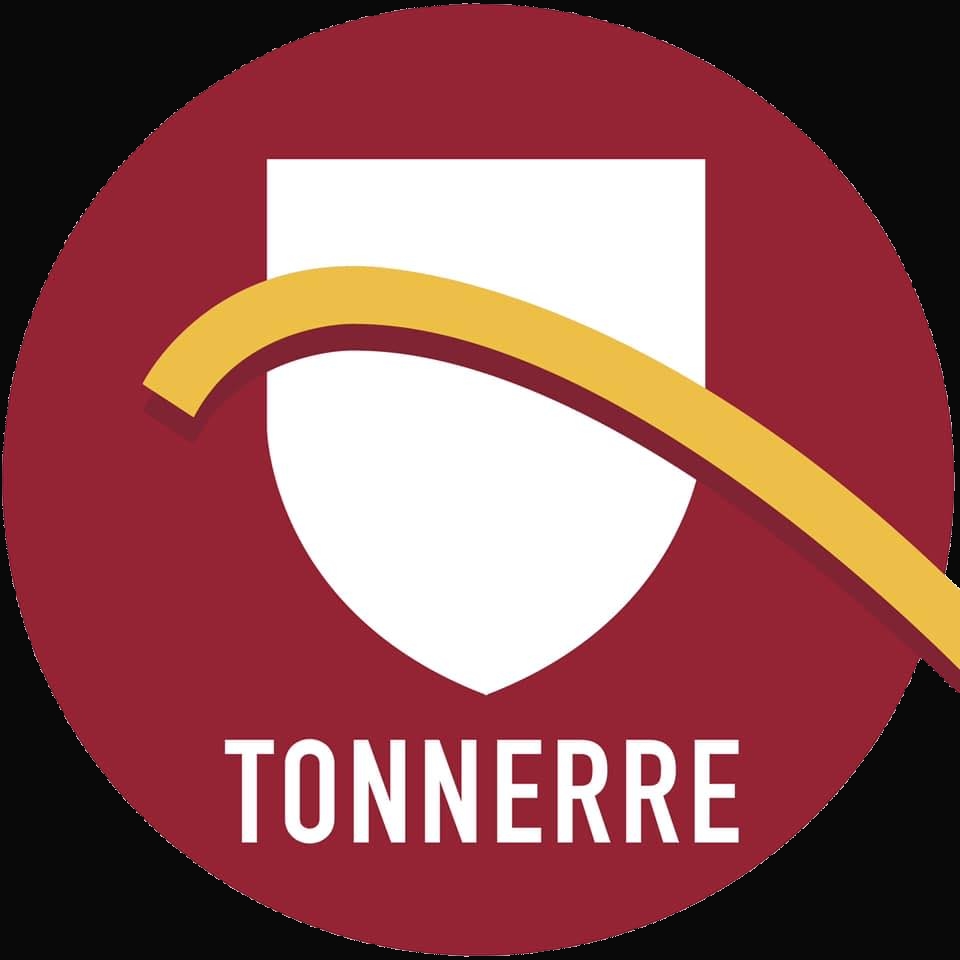
Tonnerre Patrimoine
L'eau, la Pierre, la Vigne...

L'eau, la Pierre, la Vigne...
The pulpit
The pulpit is the work of an artisan joiner and sculptor of Tonnerre, Jean Nicole (1680 or 1691-1742), parishioner and churchwarden of St Peter’s Church, where he is buried. The order for the pulpit was made with great precision by the parish council of St Peter in December 1712. It was finished in record time by the end of 1713 and cost 100 livres and 15 barrels of wine.
The upper part of the pulpit (the “sounding board”) shows good quality work and the decorative elements – vines, leaves and grapes – of the pilasters and base have a real elegance ; but the panels of the lectern are the real masterpieces. Composed of bas-reliefs and carvings in solid oak, they represent the four evangelists with their traditional attributes (from right to left) : St John with an eagle, St Mark with a lion, St Matthew with an angel, and St Luke with an ox.
Présentation et Historique de Tonnerre
Tonnerre apparaît à l’époque romaine sous le nom de Tornodurum, « forteresse ». Pour les Lingons, elle était le capitale du Pagus tornodorensis. Ici, sur la vallée de l’Armançon, s’est créé le Comté de Tonnerre, qui a servi de point de passage entre Paris et Dijon, à l’époque où le roi de France avait des visées sur le duché de Bourgogne. [lire la suite]
Mairie de Tonnerre
Réseaux sociaux
Lecteur Qrcode